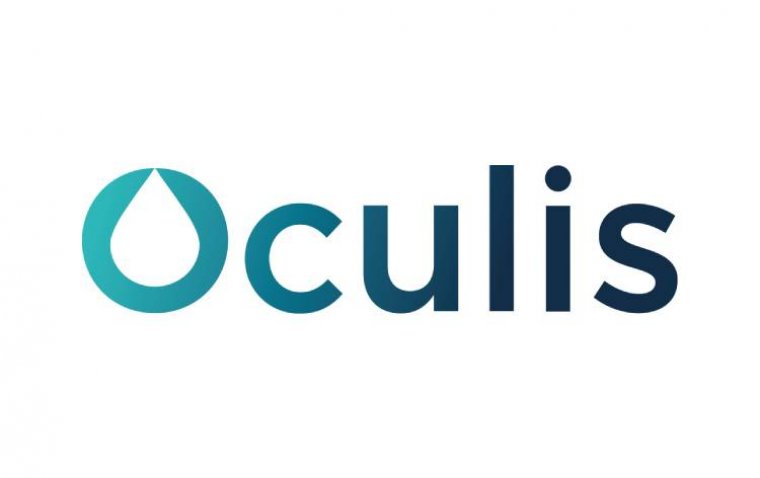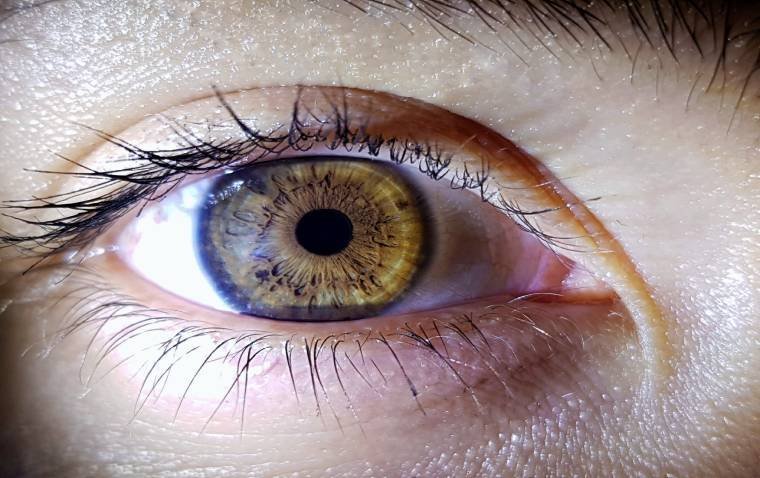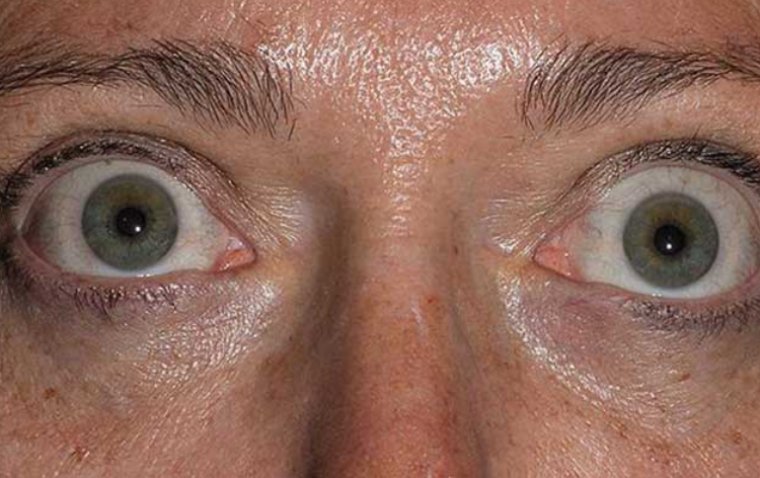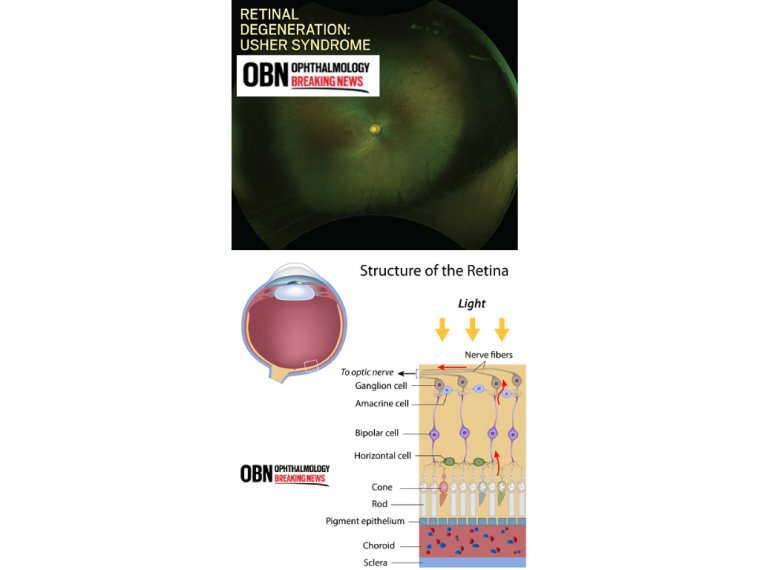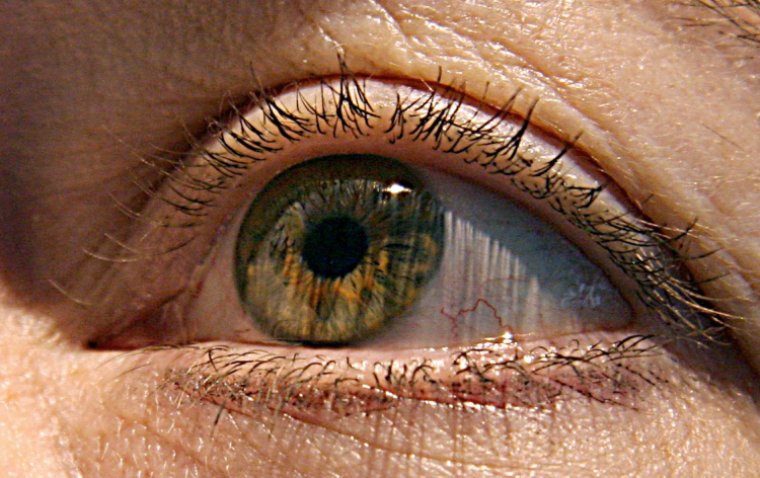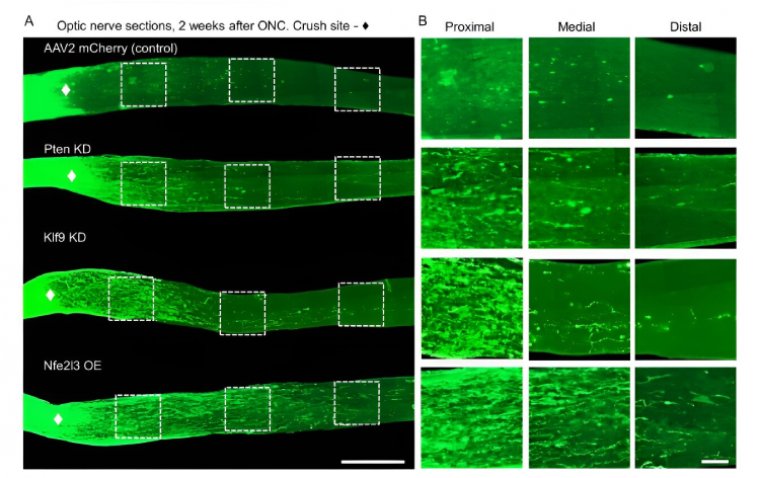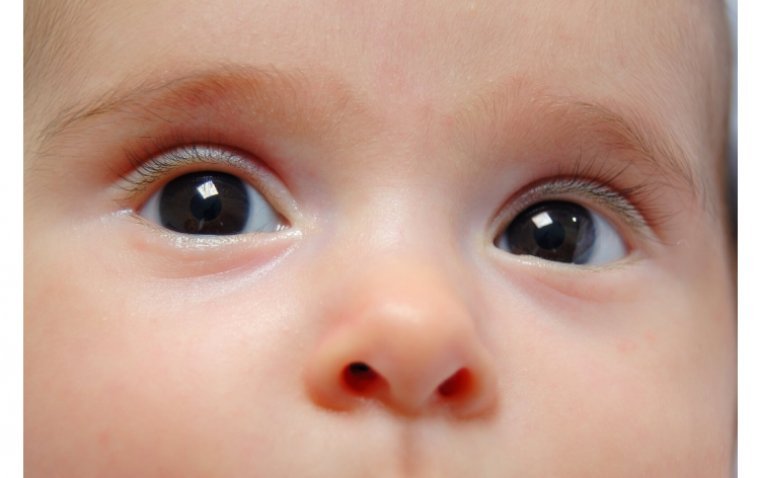
Swept-Source AS-OCT Shows Diagnostic Potential in Early-Onset Childhood Glaucoma
A recent study published in JAMA Ophthalmology demonstrates that swept-source anterior segment optical coherence tomography (SS-ASOCT) may serve as a noninvasive diagnostic tool to help distinguish early-onset childhood glaucoma in infants under the age of two.
Study Overview: Assessing SS-ASOCT for Pediatric Glaucoma Diagnosis
The research was conducted by Sushmita Kaushik and colleagues at the Advanced Eye Centre, Postgraduate Institute of Medical Education and Research, in Chandigarh, India. The prospective, comparative study evaluated the diagnostic accuracy of SS-ASOCT in differentiating between pediatric patients with and without early-onset childhood glaucoma.
A total of 53 infants under two years of age were enrolled, including:
• 30 patients with early-onset childhood glaucoma
• 23 patients without glaucoma
Diagnosis was confirmed via ophthalmoscopic eye examination, which served as the clinical gold standard.
Imaging Protocol and Diagnostic Parameters
Imaging was performed using SS-ASOCT with a technique known as the "flying baby" method, allowing high-resolution anterior segment imaging in uncooperative or non-sedated infants.
The researchers assessed several key anatomical parameters:
• Trabecular meshwork (TM) visibility
• Angle opening distance (AOD) at 250 µm and 500 µm
• Angle recess area (ARA) at 250 µm² and 500 µm²
Key Findings and Diagnostic Accuracy
The study found significant differences in anatomical features between glaucomatous and non-glaucomatous eyes:
• TM visibility was present in:
• 100% of patients without glaucoma
• 26.7% of patients with glaucoma
• The highest area under the receiver operating characteristic (ROC) curve was 0.87 for clearly visible TM structure, indicating strong diagnostic performance in identifying non-glaucomatous eyes.
• Patients with glaucoma showed greater anterior chamber angle measurements compared to those without the disease.
• Among children with corneal opacity but no glaucoma, the TM structure was visualized in all cases, and SS-ASOCT correctly identified all 23 as non-glaucomatous.
Implications for Early Diagnosis in Pediatric Ophthalmology
The authors concluded that SS-ASOCT could be a valuable in-office diagnostic tool for early detection of childhood glaucoma, particularly when used to evaluate trabecular meshwork visualization and anterior segment angles.
“The findings suggest the use of SS-ASOCT offers the potential for distinguishing early-onset childhood glaucoma from other conditions,” the authors wrote.
References:
Sushmita Kaushik et al, Utility of Swept-Source Anterior-Segment OCT as an In-Office Biomarker for Early Childhood Glaucoma, JAMA Ophthalmology (2025). DOI: 10.1001/jamaophthalmol.2025.1009
Sylvia L. Groth et al, Flying Babies and Swept-Source OCT—An Innovative Technique to Detect Childhood Glaucoma, JAMA Ophthalmology (2025). DOI: 10.1001/jamaophthalmol.2025.1375
(1).jpg)
